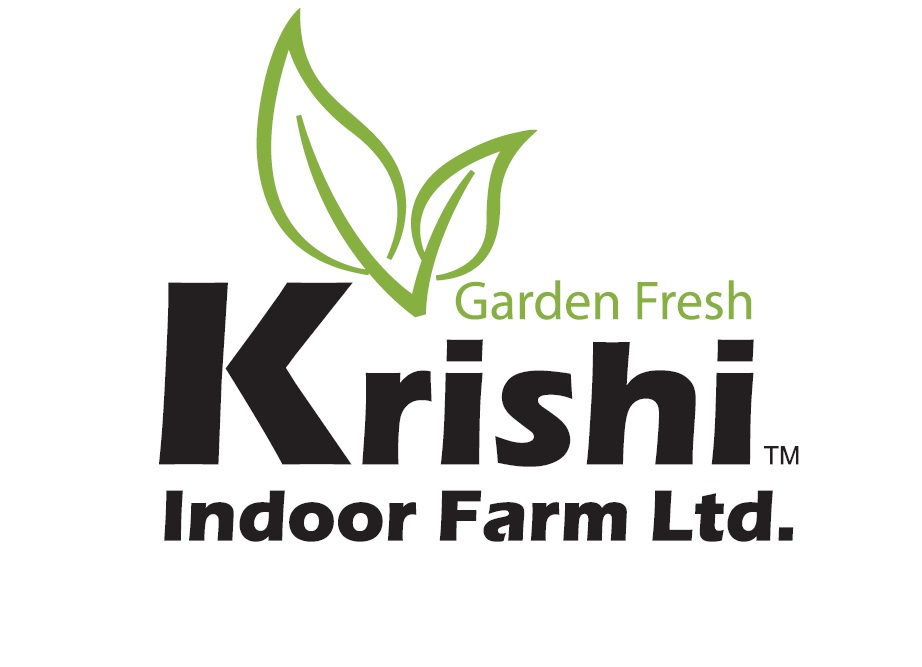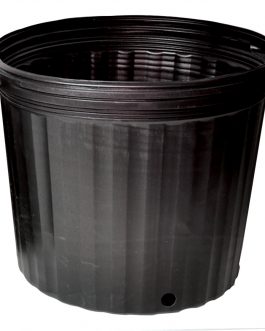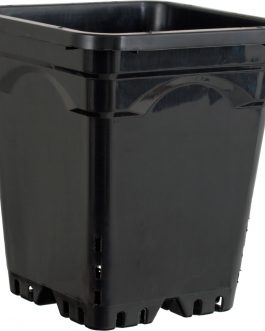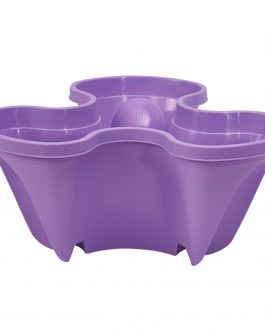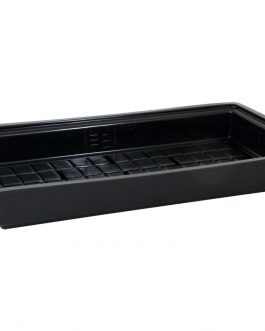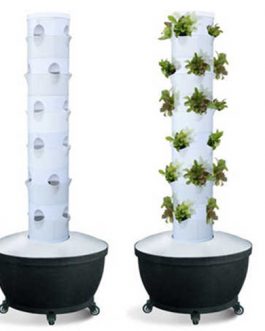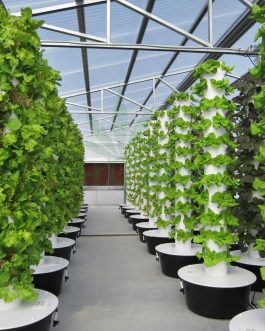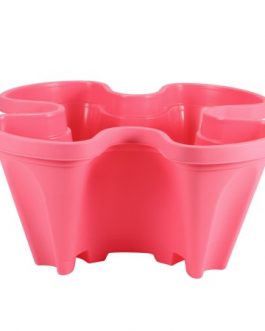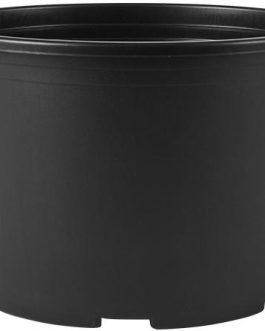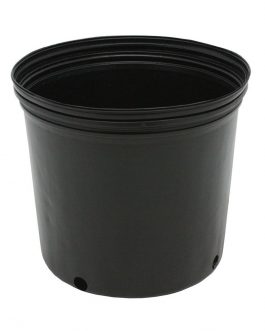What is HYDROPONICS?
Hydroponics is a type of horticulture and a subset of hydroculture which involves growing plants, usually crops, without soil, by using water-based mineral nutrient solutions in aqueous solvents. Terrestrial or aquatic plants may grow with their roots exposed to the nutritious liquid. In addition, the roots may be physically supported by an inert medium such as perlite, gravel, or other substrates. Despite inert media, roots can cause changes of the rhizosphere pH. And root exudates can affect rhizosphere biology and physiological balance of the nutrient solution by secondary metabolites.
The nutrients used in hydroponic systems can come from many different sources. Including fish excrement, duck manure, purchased chemical fertilizers, or artificial nutrient solutions.
Plants are commonly grown hydroponically in a greenhouse, on inert media, include tomatoes, peppers, cucumbers, strawberries, lettuces, and cannabis, usually for commercial use. And Arabidopsis thaliana, which serves as a model organism in plant science and genetics.
Hydroponics offers many advantages, notably a decrease in water usage in agriculture. To grow 1 kilogram (2.2 lb) of tomatoes using intensive farming methods requires 400 liters (88 imp gal; 110 U.S. gal) of water; using hydroponics, 70 liters (15 imp gal; 18 U.S. gal). And only 20 liters (4.4 imp gal; 5.3 U.S. gal) using aeroponics. Since hydroponics takes much less water to grow produce, it could be possible in the future for people in harsh environments with little accessible water to grow their own food.
There are two main variations for each medium: sub-irrigation and top irrigation. For all techniques, most hydroponic reservoirs are now built of plastic. But moreover other materials have been used, including concrete, glass, metal, vegetable solids, and wood. The containers should exclude light to prevent algae and fungal growth in the nutrient solution.
-
#7 SOFTPOT 14″X11.5”
- CAD$4.49
- #7 SOFTPOT 14"X11.5''
- Read more
-
12″X12″ SQUARE BLACK POT 12″ TALL
- CAD$7.49
- 12"X12" SQUARE BLACK POT 12" TALL
- Read more
-
3-PETAL POT
- CAD$8.49
- 3-PETEL POT 33.5*16 cm
- Read more
-
3-PETEL POT
- 3-PETEL POT 33.5*16 cm
- Read more
-
ACTIVE AQUA – FLOOD TABLE, BLACK, 2′ X 4′
- CAD$79.99
- ACTIVE AQUA - FLOOD TABLE, BLACK, 2' X 4'
- Read more
-
- Sale!
AEROPONIC GROWING TOWER
- Original price was: CAD$779.00.CAD$545.00Current price is: CAD$545.00.
- AEROPONIC GROWING TOWER: Including tower, net pots 36 pcs, sponge 36 pcs, water pipe, pipe connectors, water tank 80L, water pump, timer, and plug adaptor . Vertical Hydroponic System for Organic Farming: AEROPONIC GROWING TOWER is a modular, stackable and mobile vertical growing ecosystem, specifically engineered to maximize yield and automation, producing a fresh harvest with minimal effort. Effortless Results…
- Read more
-
BIG 4-PETAL POT
- CAD$12.49
- BIG 4-PETEL POT 45*20 cm
- Read more
-
BLACK CHUNKY GALLON FLOWER POT
- 1.6L 14.4-15.5x9.9x11.7cm 3.2L 19-19.8x14x16.5cm 5.5L 23.5-24.9x17x20.8cm 7.6L 25-26.1x18x22.2cm
- Read more
-
BLACK CHUNKY GALLON FLOWER POT 1.6 LITER
- CAD$1.29
- BLACK CHUNKY GALLON FLOWER POT 1.6 LITER 1.6L 14.4-15.5x9.9x11.7cm
- Read more
-
BLACK CHUNKY GALLON FLOWER POT 3.2 LITER
- CAD$2.49
- BLACK CHUNKY GALLON FLOWER POT 3.2 LITER 3.2L 19-19.8x14x16.5cm
- Read more
-
BLACK CHUNKY GALLON FLOWER POT 5.5 LITER
- CAD$3.99
- BLACK CHUNKY GALLON FLOWER POT 5.5 LITER 5.5L 23.5-24.9x17x20.8cm
- Read more
-
BLACK CHUNKY GALLON FLOWER POT 7.6 LITER
- CAD$4.99
- BLACK CHUNKY GALLON FLOWER POT 7.6 LITER 7.6L 25-26.1x18x22.2cm
- Read more
